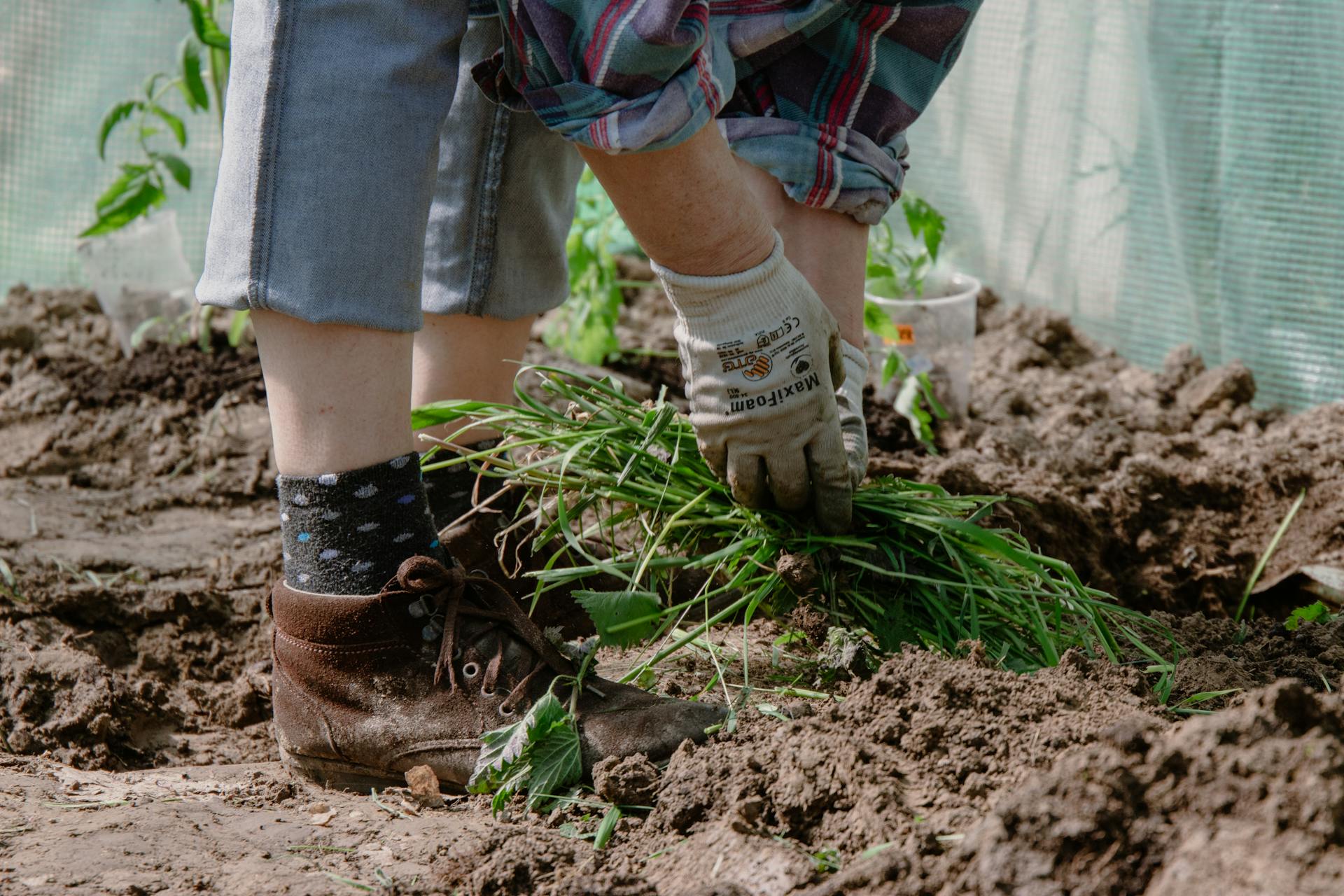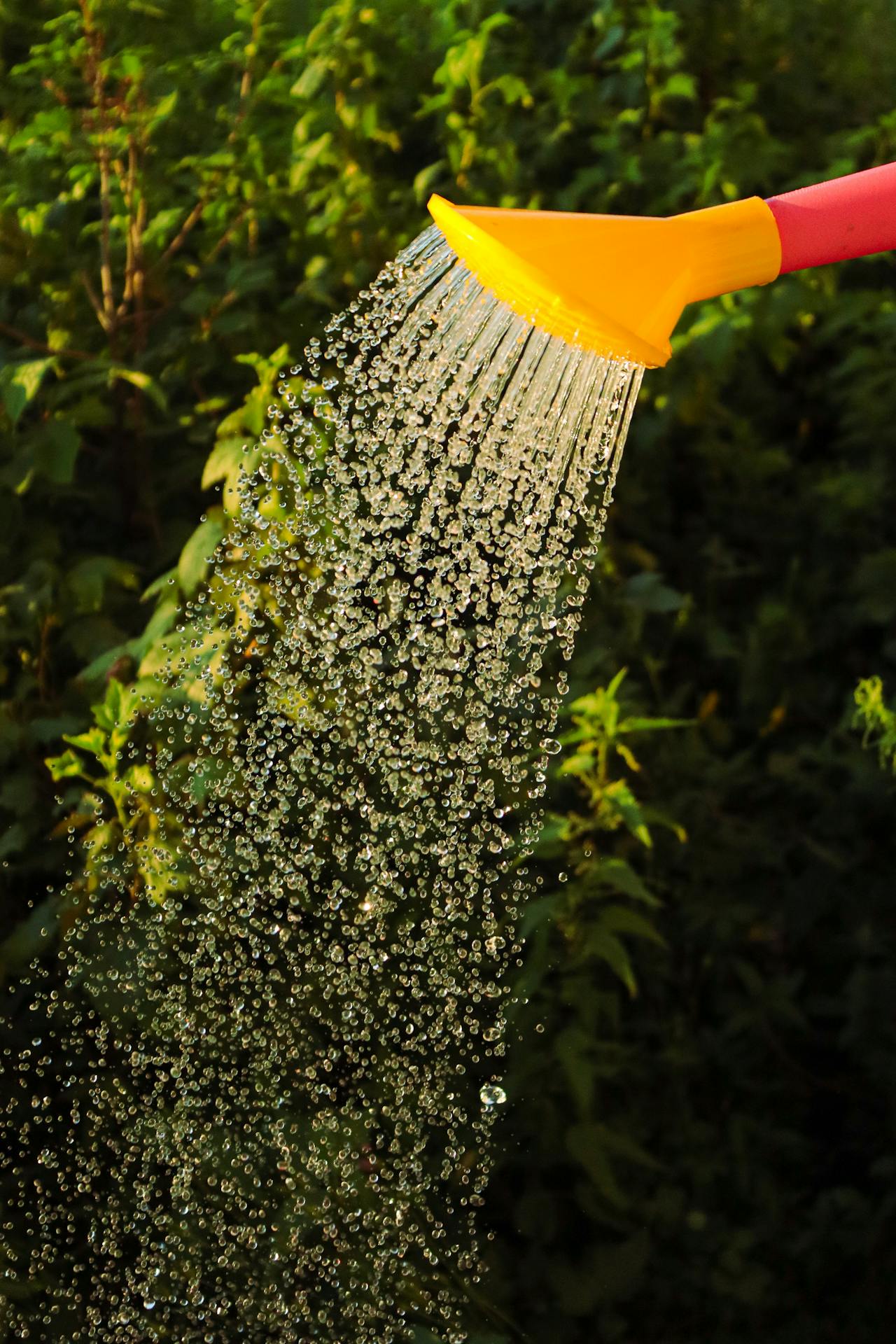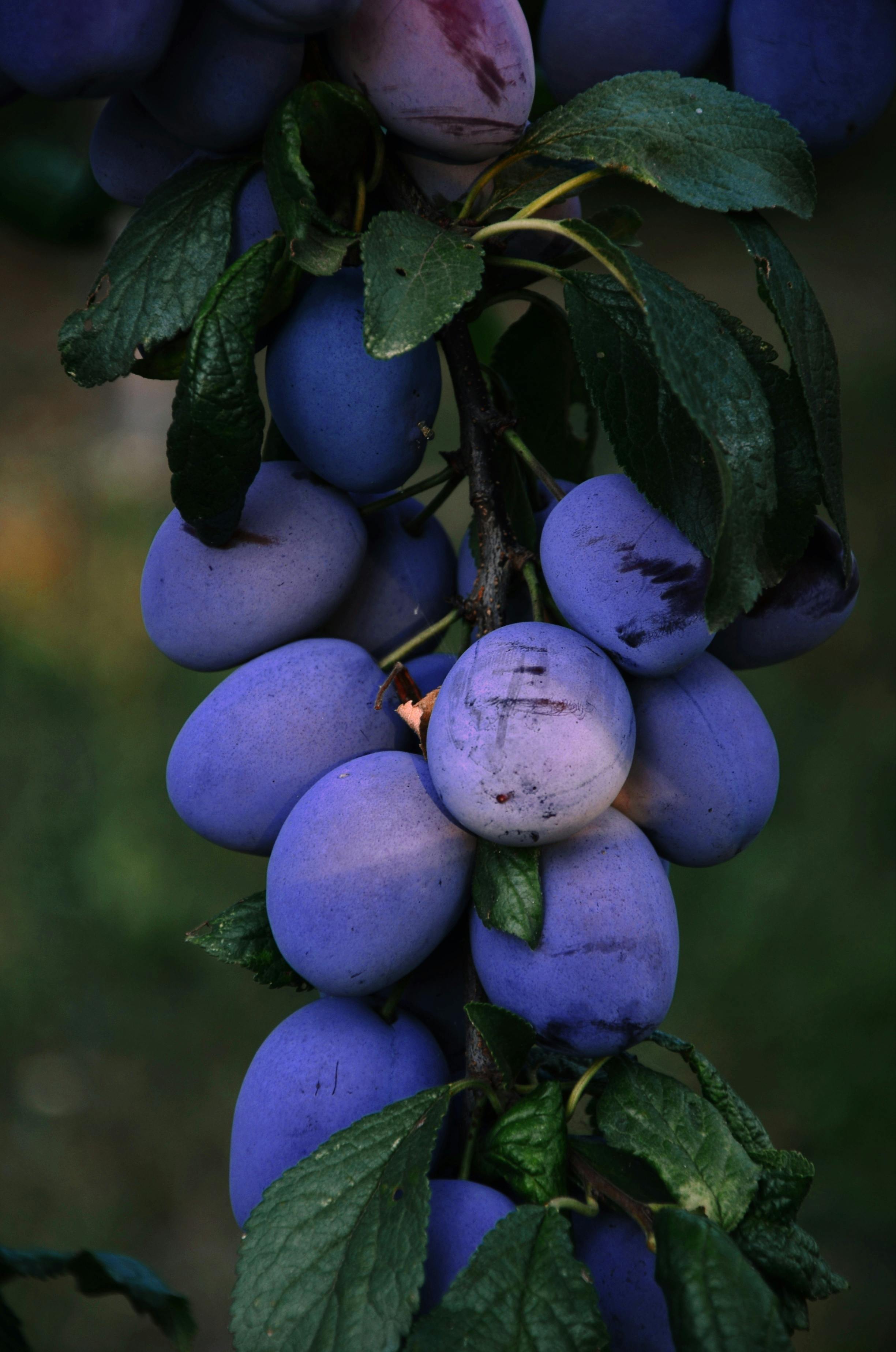
Be a Land Steward.
Sign up for Greenhouse Gases -
a weekly-ish newsletter that will teach you the science behind regenerative gardening, with action steps to help you make a difference in your backyard.

Sign up for Greenhouse Gases -
a weekly-ish newsletter that will teach you the science behind regenerative gardening, with action steps to help you make a difference in your backyard.

You might be here because you’re interested in gardening and also worried about climate change.
Or, you might be interested in gardening and also working towards self-sufficiency.
Either way, in this post I’m going to share a list of quick shifts you can make to your home garden that will:
I know it can be overwhelming to look at all of the different layers of regenerative gardening.
My goal is to give you a small but meaningful action to take in your garden to help you get closer to sustainable self-sufficiency.
Cover crops are an easy way to improve soil health, provide nutrients for upcoming crops, and sequester carbon at the same time.
Just like your veggies, cover crops form relationships with the microbes in the soil. As the plants use photosynthesis to create food for themselves, they store carbon within their bodies. They also provide some carbon as a food source for the soil microbes, which keeps the carbon more stable in the ground.
Well, most of us aren’t growing much in the garden over winter. When plants aren’t growing, photosynthesis isn’t happening. This means that carbon sequestration isn’t actively happening, either. Cover crops extend your garden’s photosynthesis potential!
There are a lot of cover crops to choose from, but I have two favorites:
Self-sufficiency tip: Both of these cover crops can reduce input costs for the following year. They also both are really easy to get seed yields from. Right now, in mid-July, I have a few stray daikon and hairy vetch plants that are going to seed. I can let them self-sow or be more organized and harvest the seed to plant intentionally around the garden.

In mid-July, the garden is growing at full speed. It’s a great time to let your perennial and biennial plants be a source of mulch and organic matter for your garden.
Chopping down plants instead of pulling them up entirely keeps the root biomass — and the carbon stored inside of it — in the ground. This keeps carbon in place in the soil. Dropping the leaves strategically as mulch on bare soil helps to keep carbon in the ground, and will become carbon-rich organic matter as it breaks down.
Well, mulch is excellent, but not everyone has the budget to cover their full gardens in spray-free straw. Looking around your garden and growing your own mulch can save on costs and also help reduce the amount you need to water, too.
Plants that are great for chop & drop purposes:
Chop & Drop Steps:

Korean Natural Farming, JADAM, and other natural ways of making soil amendments at home are a great way to boost your garden’s soil microbe population.
Yes! Soil microbes are bacteria, fungi, protozoa, and others who support soil health in numerous ways.
Some microbes form mutualistic relationships with plants. The plants give them some of the carbon that they take from the atmosphere during photosynthesis.
Other microbes eat carbon-rich organic debris, and bring the carbon into the soil in a stable form.
Some microbes even eat other microbes, so the carbon gets cycled into the soil from their excretions. Yum!
Well, in addition to adding carbon-loving microbes into your soil, you’re also able to boost your soil health at a very low cost. Low-cost, low-time, low-effort, but a great impact.
How to make JADAM Microbial Solution:
One of the best videos I’ve seen on this is by JohnKNF on Youtube.
You’ll need:
Ways to Learn More:

Ann Ralph’s fabulous book on this topic says, “Grow a Little Fruit Tree” — with the “little” making it possible for those with small yards.
Pruning techniques and variety choices can help those with smaller backyards to have some long-lasting carbon storage in the form of a perennial plant. For a self-sufficiency bonus, you’ll get some long-lasting harvest potential, too.
What I recommend:
I hope that you have the opportunity to try out one of these regenerative gardening projects before the end of the season!